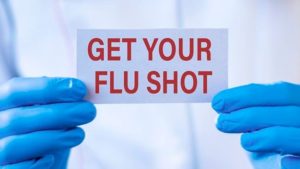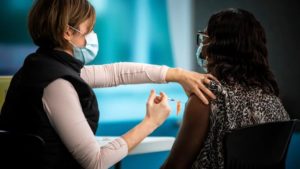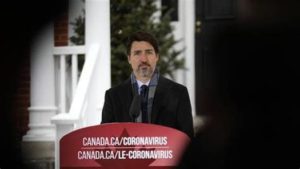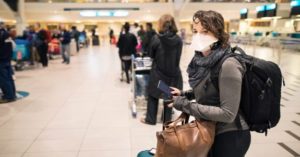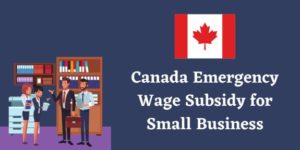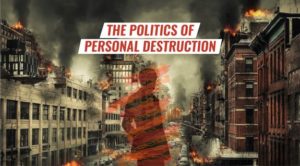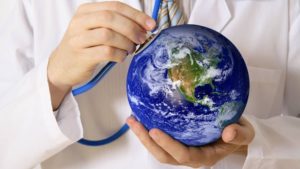
Not all infectious disease terms are created equal, though often they’re mistakenly used interchangeably.
The distinction between the words “pandemic,” “epidemic,” and “endemic” is often blurred, even by doctors. This is because the definition of each term is fluid and changes as diseases become more or less prevalent over time.
The word “endemic” is regularly mentioned, especially among public health leaders and experts as they discuss potential future scenarios. So, it’s important to define exactly what it would mean for COVID to be endemic.
Scientists predict COVID will become endemic over time but there will still be sporadic outbreaks where it gets out of control. The transition from pandemic to endemic will play out differently in different locations around the world.
While conversational use of these words might not require precise definitions, knowing the difference is important to help all of us better understand public health news and appropriate public health responses.
First let’s recap the public health terms Canadians have been increasingly using in conversation over the last 19 months. These words cover the lifecycle of disease and include “outbreak”, “epidemic”, “pandemic” and “endemic”.
An outbreak is a rise in disease cases over what is normally expected in a small and specific location generally over a short period of time, as occurred in Wuhan, China in late 2019 and early 2020. Food borne diseases caused by Salmonella contamination provides another example of the outbreak phenomena.
Epidemics are outbreaks without tight geographical restrictions. The Ebola virus that spread in 3 West African countries from 2014–2016 was an epidemic.
A pandemic is an epidemic that spreads across many countries & continents around the world, as has been the case with COVID-19 over the course of the past 19 months. Past pandemic examples include those caused by influenza A(H1N1) or the “Spanish Flu” in 1918, HIV/AIDS, SARS-CoV-1 and the Zika virus.
What’s the usual path from pandemic to endemic?
A simple way to understand the difference between an epidemic and a pandemic is to remember the “P” in pandemic, which means a pandemic has a passport. A pandemic is an epidemic that travels.
But what’s the difference between epidemic and endemic?
An epidemic is actively spreading; new cases of the disease far exceed what is expected. More broadly, it’s used to describe any problem that’s out of control, such as “the opioid epidemic.”
An epidemic is localized to a region, but the number of those infected is significantly higher than normal. For example, when COVID-19 was limited to Wuhan, China, it was an epidemic. The geographical spread turned it into a pandemic.
Endemics, on the other hand, are a constant presence in a specific location. Malaria is endemic to parts of Africa. Ice is endemic to Antarctica.
Over time and arising from public health orders from mask wearing to vaccination, the pandemic could disappear like small pox and polio did — or it might gradually become endemic. The latter, most scientists agree, is the more likely scenario. Host, environment and virus factors combine to explain why some viruses are endemic while others are epidemic.
When we look at the SARS-CoV-2 virus that causes COVID, we see it is infecting human hosts with no prior immunity.
In terms of environment, the virus transmits better in cold, dry, crowded, close-contact, confined settings with poor ventilation. Each virus has its own characteristics, from speed of virus replication to drug resistance. The new COVID strains are transmitted faster and cause different symptoms.
Viruses are more likely to become endemic if they become adapted to a local environment and/or have a continuous supply of susceptible hosts. For COVID these would be hosts with low or zero immunity.
How long will it take for COVID-19 to become an endemic?

Most public health officials currently agree COVID is here to stay rather than likely to disappear like small pox. Scientific mathematical modelling provides some idea of likely COVID epidemic outcomes.
Globally, the road from pandemic to endemic will be a rocky one.
https://twitter.com/EDenhoff/status/1448531678561931269?s=20
In Canada, the federal government and provincial Premiers some time ago announced plans to re-open businesses, and soon that will be the case with borders, as well. The process of having done this has worked out better in some provinces than others. In the prairie provinces of Alberta and Saskatchewan, the fourth wave of COVID has taken a particularly strong foothold — resulting in a virulent and devastating epidemic renewal of COVID.
People are dying, and our health care system has been challenged.
Vaccination rates will protect many — as will the vaccine passports that have been issued in all provinces across the country — but there are still those who won’t get vaccinated, which puts all of us at much greater risk.
With time, though, scientists predict COVID will become more like the common cold coronaviruses. Despite periodic spikes in caseloads each season or immediately after relaxation of economic, social, and travel restrictions, COVID will eventually become more manageable, and by next spring we could very well be out of the worst of COVID-19, and the worst impacts of the Delta variant.
Countries will not enter an endemic phase at the same time because of variable host, environmental, virus factors including vaccination rates. Because of Canada’s high vaccination rate, our country is much more likely to proceed to the endemic stage than our neighbours to the south.
The availability and roll-out of booster vaccine shots each year or season will also shape the path towards the transition to an endemic. Poor vaccine coverage could allow the virus to continue at an epidemic level for longer — as would appear to be the case in the northern health, Fraser Valley East and Interior / Okanagan and Kootenay regions of our province.
Once we see a stable level of SARS-CoV-2 transmission indicating a new “baseline” of COVID, we will know the pandemic has ended and the virus is endemic. This will include seasonal trends as we see now with flu, and next autumn a dual flu and COVID shot, currently being developed by Pfizer and NovaVax.
The most important thing all of us can do to help reach a safe level of endemic COVID is to ensure that our families and each of us gets vaccinated and that we continue to adhere to COVID-safe practices, like social distancing, mask wearing and staying home when we’re not feeling well.
By doing so we protect ourselves, our families, all those around us, as together we move collectively towards an endemic phase of the COVID-19 virus that has had us in its grip since March 2020.
If we fail to work together in common cause, things could turn for the worse very quickly and prolong the end of the pandemic — which none of us want.

